Shift Towards Eco-Friendly Packaging
The soy milk market is witnessing a shift towards eco-friendly packaging solutions, driven by consumer demand for sustainable practices. As environmental concerns become more prominent, brands are increasingly adopting packaging that minimizes waste and utilizes recyclable materials. This trend not only appeals to environmentally conscious consumers but also aligns with the broader sustainability goals of the soy milk market. Recent surveys indicate that approximately 70% of consumers are willing to pay a premium for products that feature sustainable packaging. Consequently, companies are innovating in their packaging strategies, which may enhance brand loyalty and attract new customers who prioritize eco-friendly options.
Growing Interest in Nutritional Education
The soy milk market is influenced by a growing interest in nutritional education among consumers. As individuals become more informed about dietary choices, they are increasingly seeking products that align with their health goals. Educational campaigns and resources that highlight the benefits of soy milk, such as its role in heart health and its potential to lower cholesterol levels, are gaining traction. This trend is reflected in the soy milk market, where brands are investing in marketing strategies that emphasize nutritional information. As a result, consumers are more likely to choose soy milk over traditional dairy options, contributing to a projected growth rate of 10% in the market over the next few years.
Increased Availability in Retail Channels
The expansion of retail channels has played a crucial role in the growth of the soy milk market. With the increasing presence of soy milk in supermarkets, health food stores, and online platforms, consumers have greater access to a variety of soy milk products. This enhanced availability is likely to drive sales, as convenience becomes a key factor in consumer purchasing decisions. Recent statistics indicate that sales of soy milk in retail outlets have surged by over 15% in the past year alone. The soy milk market benefits from this trend, as retailers are increasingly recognizing the demand for plant-based products and are expanding their offerings to include diverse brands and flavors, catering to a wider audience.
Influence of Social Media and Influencers
The soy milk market is significantly impacted by the influence of social media and health influencers. As platforms like Instagram and TikTok become popular avenues for sharing dietary choices, the visibility of soy milk products has increased dramatically. Influencers often promote plant-based diets, showcasing soy milk as a versatile and nutritious option. This trend appears to resonate particularly well with younger demographics, who are more likely to experiment with new food products. The soy milk market is thus leveraging social media marketing to reach a broader audience, potentially leading to increased sales and brand recognition. As this trend continues, it may contribute to a sustained growth trajectory for the soy milk market.
Rising Demand for Plant-Based Alternatives
The soy milk market is experiencing a notable increase in demand for plant-based alternatives, driven by a growing consumer preference for healthier dietary options. This shift is largely attributed to the rising awareness of the health benefits associated with soy milk, such as its high protein content and low saturated fat levels. According to recent data, the plant-based milk segment, which includes soy milk, has seen a growth rate of approximately 20% annually in the US. This trend indicates a significant transformation in consumer habits, as more individuals seek to reduce their dairy intake. The soy milk market is thus positioned to capitalize on this trend, appealing to both health-conscious consumers and those with lactose intolerance, further solidifying its place in the beverage sector.


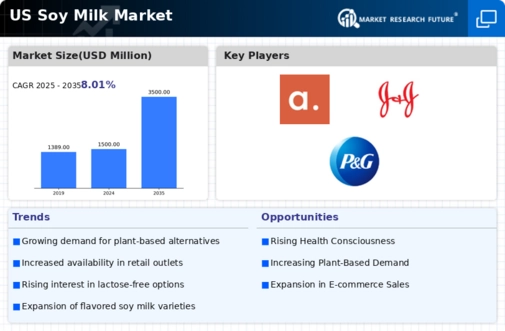
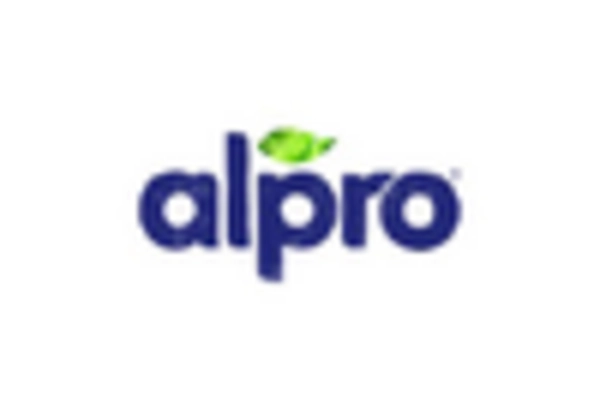
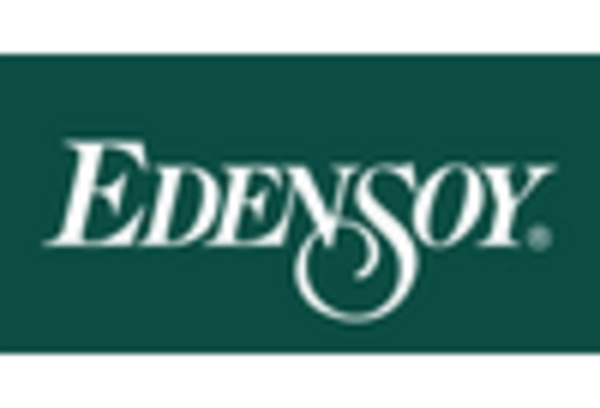
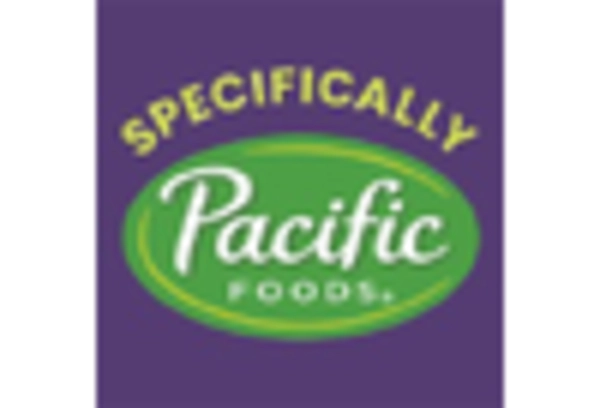
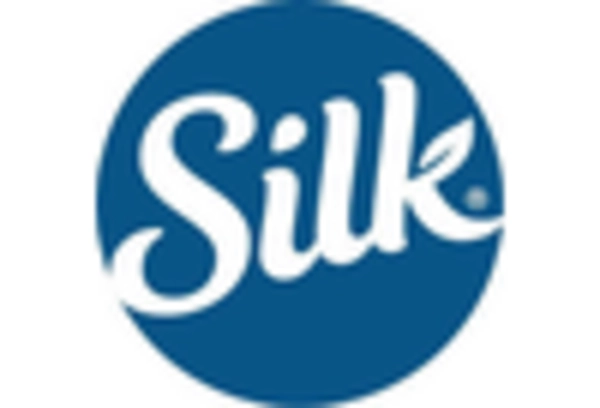










Leave a Comment